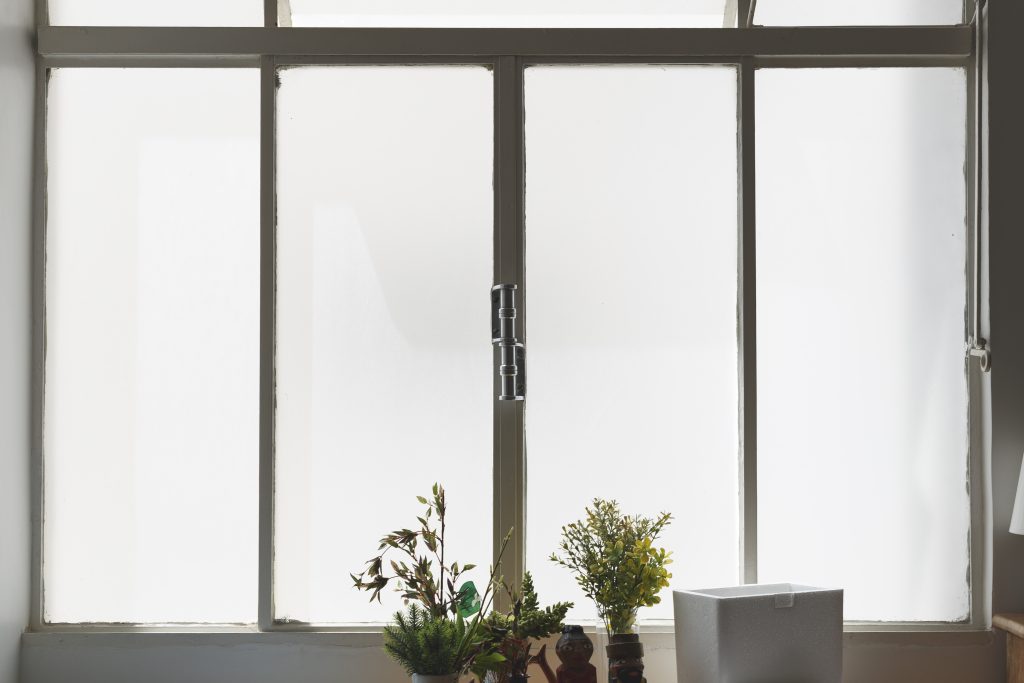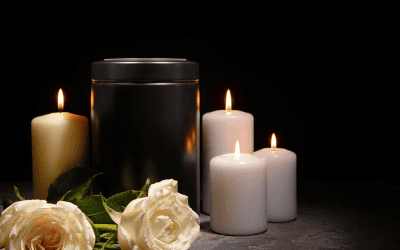Dry Cleaners San Francisco: What Services Are Included and What to Expect
Dry Cleaners San Francisco: What Services Are Included and What to Expect

When looking for Dry Cleaners San Francisco, understanding the full range of services and what to expect from a professional dry cleaner can save time and ensure your garments remain in excellent condition. San Francisco residents and visitors often rely on local dry cleaning and laundry services to maintain clothing, linens, and specialty fabrics. These services cater to high-end garments, delicate fabrics, and everyday clothing, providing convenience through pickup and delivery, eco-friendly solutions, and professional care.
Comprehensive Cleaning Services
Professional dry cleaners in San Francisco offer a wide array of cleaning services. These include standard dry cleaning for suits, jackets, dresses, shirts, and uniforms, as well as laundry service for items like linens and comforters. High-quality dry cleaning ensures that fabrics are carefully handled, stains are removed effectively, and garments are returned in pristine condition. Many providers also offer specialized care for delicate fabrics, such as silk, wool, and suede, using eco-friendly dry methods that avoid harmful chemicals.
Whether you are maintaining a wardrobe of high-end clothing or cleaning everyday wear, choosing best dry cleaners in the San Francisco Bay Area guarantees professional expertise and attention to detail. This includes proper use of cleaning solutions, machinery, and solvents suited to each garment type, ensuring a thorough and safe cleaning process.
Pickup and Delivery Services
Many dry cleaning service providers now offer pickup and delivery options, which add convenience for busy clients. Residents in SF and throughout the Bay Area can schedule free pickup directly through a mobile app or website. Items are collected, professionally cleaned, and delivered back to the customer’s home or office. This service is particularly useful for individuals managing multiple obligations or students who need laundry handled efficiently.
Some services provide same-day service, making it possible to have your shirt, jacket, or delicate fabric items ready in hours. Free pickup and delivery is increasingly common among high-quality providers, emphasizing convenience without compromising the garment care process.
Garment Care and Specialty Services
High-end dry cleaners in San Francisco focus on garment care, ensuring each item is treated based on its fabric and condition. Services include cleaning and laundry for everyday wear, couture items, and specialty textiles like wedding dresses, linens, and suits. Professional dry cleaners understand how to effectively clean delicate fabrics without causing shrinkage, color fading, or damage to the textile.
In addition to standard cleaning, many facilities offer alteration and tailoring services. This is ideal for high-end garments, uniforms, or ready-to-wear items that require slight adjustments for perfect fit. Some providers also specialize in couture and high-end garment handling, including wedding dress preservation and care for suede or delicate fabric items. The combination of cleaning and professional expertise ensures that all clothing is returned in excellent condition.
Eco-Friendly Cleaning Solutions
Eco-conscious consumers in the San Francisco Bay region often seek eco-friendly dry cleaning options. Environmentally friendly methods replace traditional solvents with sustainable alternatives, minimizing exposure to harmful chemicals while maintaining high cleaning standards. Eco-friendly solutions are effective for removing stains and maintaining fabric quality while supporting sustainability efforts.
Providers also use detergents and cleaning processes designed to protect delicate fabrics, ensuring professional cleaning without compromising the environment. High-end dry cleaners often emphasize eco-friendly cleaning as part of their commitment to quality, combining traditional expertise with modern, environmentally conscious approaches.
Laundry and Wash and Fold Services
Beyond dry cleaning, many laundry service providers in SF offer wash and fold options for regular clothing and household textiles. These services handle shirts, linen, comforters, and everyday fabrics efficiently. Cleanliness, stain removal, and proper fabric care are guaranteed through trained staff and advanced machinery.
For residents in the San Francisco Bay Area, combining dry cleaning with wash-and-fold laundry offers convenience, saving time while maintaining high standards. On-demand services, free pickup, and delivery ensure garments are returned in a timely and professional manner.
High-End and Specialty Fabric Care
For those with luxury items or high-end clothing, professional dry cleaners provide specialized attention. Fabrics such as silk, cashmere, suede, and delicate textiles require high-quality dry cleaning methods and attention to detail to maintain texture and color. Tailors and garment experts may also provide alteration services to complement cleaning, ensuring garments remain in perfect shape.
Specialty services also cover items like wedding dresses and couture garments. Experienced staff use professional cleaning solutions and specialized machinery to maintain fabric integrity. This ensures clothing is returned in pristine condition and ready to wear.
Technology and On-Demand Services
Modern dry cleaners in San Francisco often integrate technology to improve the customer experience. Many services offer mobile apps to schedule pickup and delivery, track dry cleaning orders, and access on-demand cleaning options. This integration streamlines the process, making it easy to manage multiple garments, schedule free pick up and delivery, or request same-day service for urgent needs.
Commitment to Quality and Customer Satisfaction
Selecting dry cleaners in San Francisco means choosing providers who prioritize quality and service. This includes using high-quality solvents and cleaning solutions, handling delicate fabrics with care, and providing professional attention for high-end garments. Experienced staff ensure each garment is professionally cleaned and returned in excellent condition.
Attention to detail is especially important for garments such as suits, jackets, shirts, and uniforms. High-quality providers maintain a commitment to quality through environmentally friendly cleaning, expert tailoring, and reliable delivery service. Customers can trust that each item will receive professional expertise and careful handling throughout the cleaning process.
Expert Care, Convenient Service, Pristine Results
Residents and businesses in the San Francisco Bay region benefit from professional dry cleaners who offer comprehensive cleaning services, including dry cleaning, wash and fold, garment care, alterations, and eco-friendly cleaning solutions. Whether you require standard laundry, high-end couture care, or pickup and delivery services, the right dry cleaner ensures clothing is handled with care, cleaned effectively, and returned in pristine condition.
Choosing Dry Cleaners San Francisco guarantees access to the best dry cleaning and laundry options, environmentally conscious methods, and reliable service designed to meet modern demands. With free pickup and delivery, professional attention to detail, and expertise in delicate fabrics, high-quality dry cleaners provide convenience, quality, and peace of mind for all your clothing needs.

Laundré | Dry Cleaners & Laundromat
1233 Divisadero St, San Francisco, CA 94115
(415) 704-0717
https://www.laundre.co/














